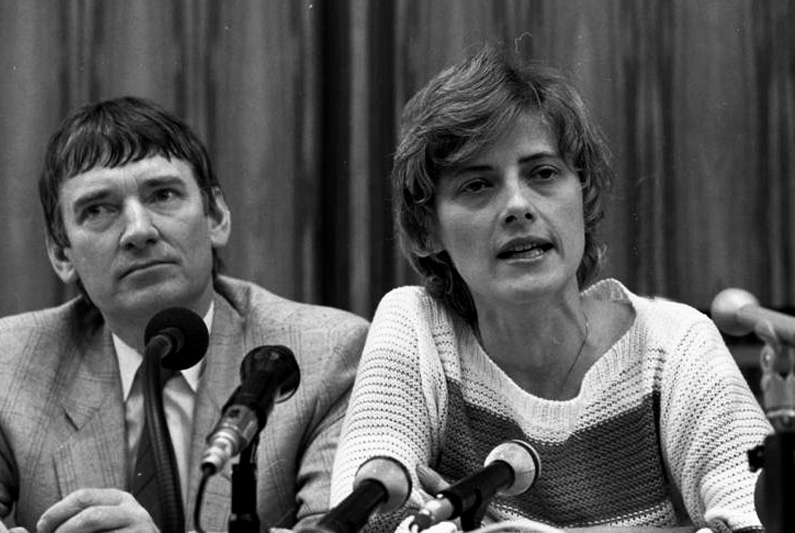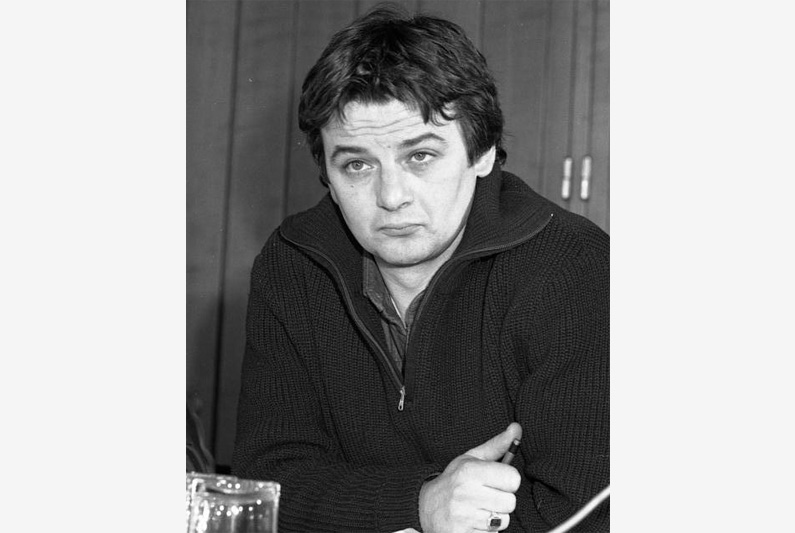In 1990, during the first post-reunification election campaign, the Greens ran without an East German ally, and ended up falling flat on their face with a slogan on election posters that said, “Everyone talks about Germany. We talk about the weather.” The latter highlighted that while the government was talking about German reunification, the Greens were focusing on climate change. As a result, only two Greens won seats in the Bundestag, via the joint list Alliance 90/Green Citizens' Movement.
The Green Party had to wait until 1994 to make a comeback in the Bundestag, thanks to a joint list with East German civil rights activists that went by the name of the “German Green Party/Alliance 90”. The party’s national headquarter relocated to “Haus Wittgenstein” in Roisdorf in 1991, and in 1995 to a building at Baunscheidtstraße 1a, not far from the SPD national headquarters. Not long after a wildly joyful party was thrown for Gerhard Schröder on the occasion of the Bundestag election victory of 1998, Green Party members Joschka Fischer, Otto Schily, Andrea Fischer and Jürgen Trittin were named ministers in his coalition government. This development seemingly marked the end of an era in which, for the Greens, politics meant fighting the establishment. A few months later, the Green Party moved its national headquarters to Berlin, along with the Bundestag.
The building on Baunscheidtstraße that once housed the Green Party’s headquarters is no more. However, in 2006 a road leading from Franz-Josef-Strauß-Allee to an autobahn access, was named after the Green Party’s charismatic co-founder Petra Kelly, who spoke at a 1981 peace demonstration in the Hofgarten, only to be murdered by her partner Gert Bastian in 1992.

